Pecan, Fruit And Nut Spray Schedule for Austin, TX
Homeowners should be familiar with insect pests and diseases, their life cycles, and their damage in Austin, Tx. Problems must be identified and proper control methods selected. The situation is often complex because problems vary from one area of Texas to another and from one year to the next. Plant diseases are most severe during periods of frequent rain or dew and mild temperatures. Early-maturing peach varieties are more likely to have brown rot than late-maturing varieties, but late varieties are often damaged more by peach scab. Healthy plants are more able to survive some insect and disease damage than plants already stressed by cultural problems. Optimum tree growth is maintained by following a well-balanced fertility program, selecting adapted disease-resistant varieties, and irrigating and pruning as needed. Clean-up and residue disposal are important in reducing plum curculio, hickory shuckworm, brown rot of peach and pecan scab. Diseased material that is properly composted can be recycled as mulch or organic material.
Pesticide Safety
Mix pesticides in a well-ventilated area or outdoors. Avoid chemical contact with the skin and do not breathe chemical vapors. Apply pesticides at the proper rate. Using less chemical then prescribed may result in poor control, while using more than recommended may result in excessive residue on the fruit or in plant damage. Store chemicals in a secure area away from pets and children. Prepare only the amount required for one application. Properly dispose of any unused, diluted sprays and empty pesticide containers. A number of different sprayers can be used to apply insecticides and fungicides. Compressed air sprayers range in size from 1 to 10 gallons; because of cost and handling ease, most homeowners prefer the 2 1/2- to 3-gallon sizes. Hose-on sprayers are less expensive but require a high volume of water, moderate pressure and a convenient water outlet. Once a sprayer has been used, it is considered a used pesticide container and requires proper handling and storage. Proper cleaning prolongs its life. Do not apply insecticides and fungicides with a sprayer previously used to apply herbicides; this may cause plant damage.
ALWAYS READ AND CAREFULLY FOLLOW THE INSTRUCTIONS ON THE CONTAINER LABEL.
Real Green Lawn Care
Free Lawn Analysis
For fast service, fill out this form for a free, no obligation lawn analysis. You don’t have to be home for your analysis. The professionals from Real Green Pest and Lawn will take a look at your lawn and leave all of our findings conveniently at your front door.
Table. 1 Homeowner’s spray schedule for pecans.
| Timing | Pest | Pesticide | Rate/ 1 gal. water1 |
Remarks |
| Dormant season (winter) | 97% oil emulsion | 1/4 – 1/3 pt. | Spray tree trunks and branches thoroughly. | |
| Budbreak (just as the buds begin to split and show color) terminal bud growth should be 2 inches long. | Nutritional Rosette | Zinc Sulfate, WP, zinc nitrate liquid | 2 tsps | Zinc sprays are essential for early season pecan growth. Early, frequent applications will give the best response. Elemental zinc is toxic to most plants other than pecans and grapes. Don’t use andy zinc product more than instructed to avoid foliage burn. When applying more than once zinc spray in 2 weeks reduce the rate by .5, Never spray young trees that are not actively growing. |
| Insects Phylloxera | Malathion 50% EC (several formulations) | 2 tsps. | If dormant oil was not used, then treat trees where a history of phylloxera damage indicates a need for control. | |
| Budbreak | Diseases Scab and other foliage and nut diseases |
Benomyl (Benlate 50%WP) | 1/2 – 1 Tbs. |
If dormant oil was not used, then treat trees where a history of phylloxera damage indicates a need for control. |
| or Thiophana- temethyl (Topsin-M® 70% WP) | 1/2 – 1 Tbs. |
Prepollination (when leavesNutritional
| Timing | Pest | Pesticide | Rate/ 1 gal. water1 |
Remarks |
| are one-third grown and before pollen is shed (mid-April) | Rosette | Same as for budbreak | Repeat sprays as pest problem recurs. | |
| Diseases Scab and other foliage and nut diseases |
Same as for budbreak | Repeat sprays as pest problem recurs. | ||
| Insects Fall webworm Walnut caterpillar |
Bacillus thuringiensis (several formulations) | Refer to label | Repeat sprays as pest problem recurs. | |
| or Diazinon® 25% EC (several formulations) | Refer to label | Repeat sprays as pest problem recurs. | ||
| or Malathion® 50% EC (several formulations) | 2 tsps | Repeat sprays as pest problem recurs. | ||
| or Carbaryl(Sevin® liquid, several formulations) | Refer to label | Repeat sprays as pest problem recurs. | ||
| Pollination (when case-bearer eggs appear on tips of nutlets) – May | Nutritional Rosette |
Same as for budbreak | Apply during egg hatch. (Consult your county Extension agent for precise local timing.) | |
| Insects Pecan nut |
Same as for prepollination | Apply during egg hatch. (Consult your county Extension agent for precise local timing.) | ||
| Diseases Scab and other foliage and nut diseases |
Same as for budbreak | Apply during egg hatch. (Consult your county Extension agent for precise local timing.) | ||
| Timing | Pest | Pesticide | Rate/ 1 gal. water1 |
Remarks |
| Second generation casebearer (42 days after first casebearer spray) | Insects Pecan nut casebearer |
Same as for prepollination | ||
| Aphids | Diazinon® 25% | Refer to label | Treat yellow aphids when an average of 25 per compound leaf are found or when excessive honey dew is produced. Repeated use of insecticides can result in strains of aphids that are resistant to insecticides. This can result in increased losses. | |
| or Malathion® 50% EC (several formulations) | 2 tsps. | |||
| or Cygon® 2 EC | Refer to label | |||
| Cover Sprays | Diseases scab |
Same as for budbreak | Number of cover sprays is based on weather conditions, variety and presence of scab fungus. Maintain spray applications as long as weather conditions favor disease development | |
| Water stage (when inside of the nut befins to fill with liquid) – mid to late July | Diseases Scab and other foliage and nut diseases |
Same as for budbreak | Treat where there is a history of disease or during periods of rainfall or dew | |
| Half-shell hardening – mid to late August | Insects Aphids |
Same as for aphids listed above | Treat yellow aphids when an average of 25 per compound leaf are found or when excessive honeydew is produced and aphid populations persist | |
| Hickory shuckworm | Diazinon® 25% EC or Carbaryl (Sevin® liquid, several formulations) | Refer to label | ||
| Timing | Pest | Pesticide | Rate/ 1 gal. water1 |
Remarks |
| Dormant season | Insects Scale insects |
97% dormant oil | 1/4 pt. | Apply when temperature is between 40 and 70 degrees F. Use only once. Apply only if scale are observed. |
| Late dormant | Diseasess Peach leaf curl |
Chlorothalonil (several formulations) | Refer to label for specific rate. | Apply if fall applications of copper fungicide were not made. |
| Petal-fall (when flower petals begin to fall) – 5 days after bloom |
Insects Plum curculio |
Malathion 50% EC (several formulations or Cabaryl (Sevin® liquid, several formulations) | Refer to label | Apply 75 percent of petals have fallen, and there is a history of insect damage. |
| or Cabaryl (Sevin® liquid, several formulations) | Refer to label | |||
| Peach twig | or Diazon®25% EC (several formulations) | Refer to label | The peach twig borer usually is a problem only in the West Cross Timbers area. | |
| Lesser peach tree borer | Endosulfan (Thiodan 9.7% EC) | 2 Tbs. | Make two applications approximately 3 weeks apart. Thoroughly wet tree limbs with spray. | |
| Timing | Pest | Pesticide | Rate/ 1 gal. water1 |
Remarks |
| Half-shell hardening (continued) | Insects Pecan weevil |
Carbaryl (Sevin® liquid, several formulations) | Refer to label. | Treat areas with a history of pecan weevil infestation. One to three treatments at 10- to 14- day intervals are needed for heavy weevil infestations. |
| Diseases Scab and other foliage and nut diseases |
Same as for budbreak | Treat areas with a history of pecan weevil infestation. One to three treatments at 10- to 14- day intervals are needed for heavy weevil infestations. | ||
| Timing | Pest | Pesticide | Rate/ 1 gal. water1 |
Remarks |
| Dormant season | Insects Scale insects |
97% dormant oil | 1/4 pt. | Apply when temperature is between 40 and 70 degrees F. Use only once. Apply only if scale are observed. |
| Late dormant | Diseases Peach leaf curl |
Chlorothalonil (several formulations) | Refer to label for specific rate. | Apply if fall applications of copper fungicide were not made. |
| Petal-fall (when flower petals begin to fall) – 5 days after bloom |
Insects Plum curculio |
Malathion 50% EC (several formulations or Cabaryl (Sevin® liquid, several formulations) | Refer to label | Apply 75 percent of petals have fallen, and there is a history of insect damage. |
| or Cabaryl (Sevin® liquid, several formulations) | Refer to label | |||
| Peach twig | or Diazon®25% EC (several formulations) | Refer to label | The peach twig borer usually is a problem only in the West Cross Timbers area. | |
| Lesser peach tree borer | Endosulfan (Thiodan 9.7% EC) | 2 Tbs. | Make two applications approximately 3 weeks apart. Thoroughly wet tree limbs with spray. | |
| Timing | Pest | Pesticide | Rate/ 1 gal. water1 |
Remarks |
| Pre-harvest (For early-maturing varieties and during periods of frequent rain or dew-spray 3 weeks, 2 weeks and 3 days prior to picking. For mid- to late- maturing varieties – spray at 2 weeks and at 3 days prior to picking | Insects June beetles |
Carbaryl (Sevin® liquid, several formulations | Refer to label. | |
| Diseases Brown rot |
Benomyl (Benlate®) 50% DF or Thiophanate- methyl (Topsin M® 80% WP | 1.5 – 2.3 Tbs. | Do not apply within 3 days of harvest | |
| Thiophanate- methyl (Topsin M® 80% WP) | 1.5 – 2.3 Tbs. | Can be applied on day of harvest. Wash all of fruit before eating. | ||
| or Funginex® (several formulations) | Refer to label. | Not approved on plums in preharvest period. | ||
| Post harvest – mid to late August | Insects Peach tree borer |
Chlorpyrifos (Lorsban® 12.9% | 2 Tbs. | Thoroughly wet from base of tree up to first scaffold limbs |
| or Lindane (Lindane® 20% EC) | 1 Tbs. | |||
| or Endosulfan (Thiodan® 9.7% EC) | 2 Tbs. | |||
| Diseases Peach rust |
Chlorothalonil | Refer to label. | Begin applications at first sign of rust in the summer and continue at 2- to 3-week intervals until early October. Rust is a problem in counties south of a line from Houston to Hallettsville and Rio Grande City. | |
| October 15 to December 1 | Diseases Peach leaf curl |
Copper hydroxide (several formulations) | Refer to label | Spray to run-off. Apply during dormant season |
| or Chlorothalonis (several formulations) | Refer to label |
*Due to variation in the concentration of pesticides in different products, refer to the label for the specific rate per 1 gallon spray solution.
WP = wettable powder
EC = emulsifiable concentrate
DF = dry flowable
Peaches, Plums, Nectarines, and Apricots – Use sulfur fungicides throughout the spray program. Decrease application interval to shortest interval allowed. Shortened intervals are important during the late bloom, shuck split and first cover period and again during the preharvest period. These are periods when fruit diseases are most damaging.
Pecans – Copper sulfate is considered an organic fungicide and some formulations are approved for use on pecans to control pecan scab and other foliage diseases. Copper sulfate is highly toxic to fruit trees such as peaches, plums, apricots and nectarines, and to some ornamental plants. Be careful when using this product around sensitive plants if there is a possibility of drift.
General Considerations – Most plant diseases require that the leaf, fruit or nut remain wet for a certain length of time for infection to occur. The following precautions should be taken to reduce the length of time the plant is wet following dew or rainfall: (1) prune trees to allow sunlight to penetrate the leaf canopy; (2) space trees to allow for air circulation; (3) plant trees in an area that will receive early morning sun and where air circulation will not be blocked by buildings or other plants; and (4) avoid wetting the tree during irrigation.
Select varieties that have natural resistance to the major diseases of your area. Resistance does not mean immunity to infections, but fungicide applications are usually more effective on plants with some resistance.
Diseases Caused By Fungi:
- Pecan Scab
- Sticky Shuck
- Downy Spot
- Vein Spot
- Brown Leaf Spot
Insects:
- Pecan Phylloxera
- Causes Galls On Leaves, Trigs And Nuts
- Pecan Nut Casebearer
- Fees On Nutlets, Or Later In Season, In The Chucks
- Hickory Shuckworm
- Tunnels In And Feeds On Shucks
- Pecan Aphid
- Honeydew-Producing Insects
- Walnut Caterpillar
-
- Feeds On Leaves, Does Not Produce Web
-
- Fall Webworm
- Caterpillar Encased In A Large Web, Occasionally Encasing Entire Branches
- Obscure Scale
- Sucking Insect Found On Trunk And Limbs. Color Much Like That Of The Bark. Difficult To See Except On Close Examination
- There Are Other Pests That Do Not Occur As Frequently As Those Listed, But Are Usually Controlled By Spray Procedures For The Most Common Pests
Spray Schedule
MID-JANUARY – DORMANT OIL SPRAY for control of obscure scale and phylloxera. Temperature must be 40-70 F.
LATE FEBRUARY – (before buds break) – DORMANT OIL SPRAY for control of phylloxera. Spray all limb surfaces, paying particular attention to the tree trunk. This is where the phylloxera like to overwinter.
MARCH (or when leaves are half-grown, pre-pollination) – Insecticide like X-Ecute (or other suggestions on product information list below). Fungicides like Benelate 50WP or BENOMYL and Zinc Sulphate to feed leaves and control rosette.
LATE APRIL (pre-pollination) – repeat March
MAY (post-pollination when pecan nutlets turn brown and bloom ends) – Repeat March/April applications.
JUNE-SEPTEMBER – Your spray schedule now falls into 15-day cycles (10-day cycle during heavy rain). During periods of rain showers, inspect pecan leaves, nuts and bark for insects, insect egg deposits and indications of fungi.
AUGUST – Regardless of what day your spray application is due, BE SURE to apply insecticide and fungicide along with zinc sulphate on Aug. 15 or as close to this date as possible. This application is necessary to control the hickory shuckworm.
Do not spray any application after pecan shucks splits or during harvest. After harvest, spray schedule may be resumed to control walnut caterpillar, fall webworm and fall foliage diseases. It is important to try to keep your trees disease- and insect-free in order to keep the foliage on the tree as long as possible. Remember, between harvest and normal leaf drop and dormancy, the foliage is manufacturing food for next year’s nut production.
PRODUCT INFORMATION:
DORMANT OIL (97% oil emulsion) – Ready available at most nuseries, garden centers and feed stores.
X-ECUTE (dimethoate) – A liquid insecticide made by Pro Tech. Made specifically for pecan trees. Avoid contact with any other vegetation around pecan tree. Also found at most full-service nurseries, solutions stores and feed stores. Other options for insecticide are Cygon 2 EC, Malathion 50%EC, Green Light Double Dursban 12.6%, and Green Light Neem Oil Concentrate for Fruit and Nut Trees.
ZINC SULPHATE – A unique combination of liquid zinc, nitrogen and other compounds. Significantly increases yield and quality and promotes even maturity. More importantly, controls the disease rosette.
DUTER (Triphenyl Tin Hydroxide) – A fungicide that has been effective in controlling certain diseases which have developed resistance to Benomyl.
BENLATE 50 WP (BENOMYL) – Getting harder to find, but still available at feed stores and solution stores. Other options include Benomyl and Green Light Neem Oil. Effective in controlling certain diseases like leaf spot, leaf curl, kernel rot and scab.
*Please Note: We do not spray anything above 15 ft.
Contact the experts at Real Green Pest Control & Lawn Care and get the best tree service in Austin, Buda, Georgetown, Liberty Hill and other surrounding areas.

Austin Lawn Care Services
We are a complete lawn service company!
Real Green's lawn service is customized to your lawn with professional grade products and fight the tough, drought related weeds, lawn-damaging bugs and disease while providing a nutrient-rich diet and water saving products to thicken and green up your lawn. No more messy fertilizer and chemical storage. No more concerns about burning your yard. You water and mow, we’ll do the rest.

Lawn Care

Lawn Care

Tree & Shrubs

Tree & Shrubs

Pest Control

Pest Control

Sprinkler Repair

Sprinkler Repair
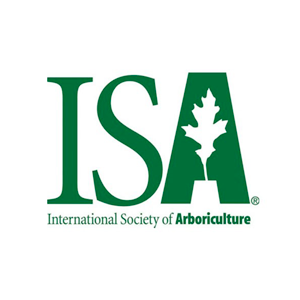
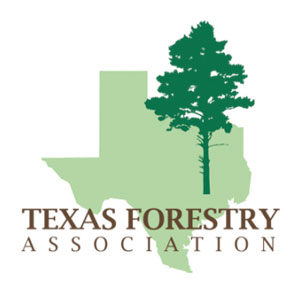
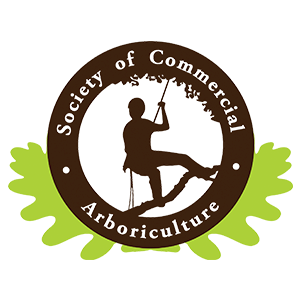
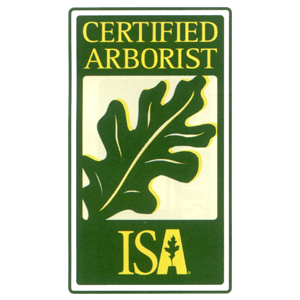
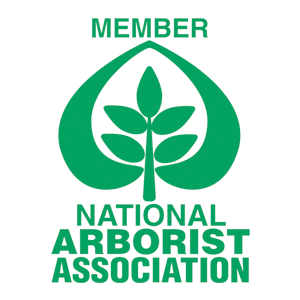
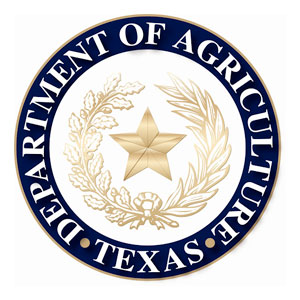
Call For Your FREE Service Estimate!
512-852-0344
Or CLICK HERE for a FREE lawn care estimate!
512-852-0343
Or CLICK HERE for a FREE pest control estimate!
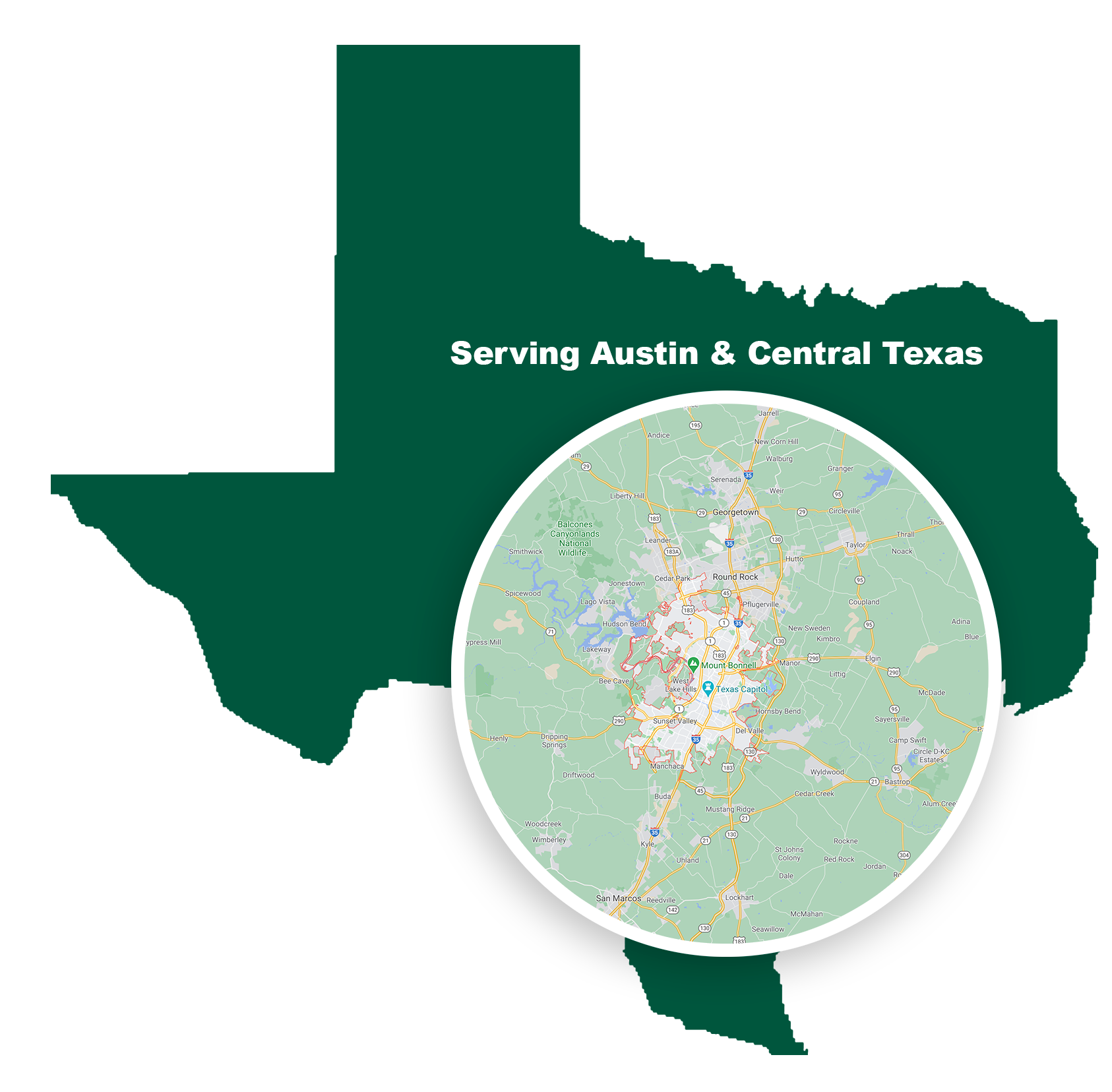
Real Green Services
Serving Austin & Central Texas
Real Green Services are known for our great service and low prices throughout Austin and the Central Texas area. We currently service all of Austin and a large portion of the Central Texas area, please call us if you have any questions!
Most Popular Services
Deep Root Fertilization | Lawn Care | Lawn Aeration | Pest Control | Rodent Control | Termite Control | Sprinkler Repair | Mouse Control | Weed Control | Lawn Fertilization
